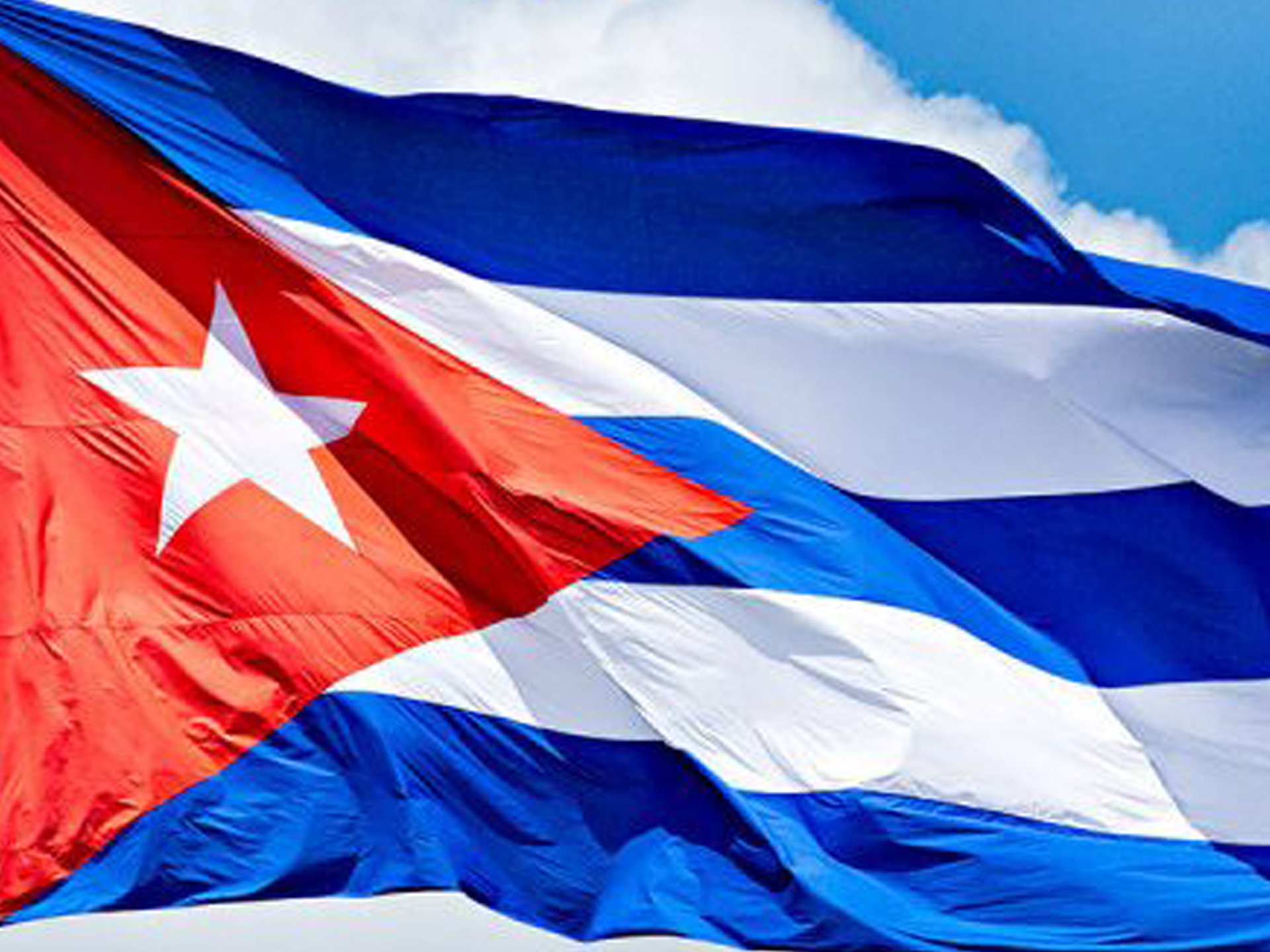Rum Regions: Cuba
Cuban rum leads a double life. To some, it’s a light rum at the heart of countless daiquiris and mojitos over the decades. To others, its long-aged expressions are the pinnacle of aging mastery. Despite its position as one of the Caribbean’s most popular spirits, Cuban rum is shrouded in mystery.
Early Cuban Rum
Cuba was the crown jewel of Spain’s Caribbean empire for four centuries, and the Spanish legacy of fine wine and spirits lives on in Cuba today.
While sugarcane agriculture began on the island in the early 1500s, Cuban rum making did not achieve significant volume for several centuries. Cuba and Spain’s other Caribbean colonies were effectively prohibited from making rum during the 1700s, primarily due to pressure from Spanish wine and brandy makers seeking to eliminate competition.
When Spain finally legalized colonial rum making in the 1800s, many of Cuba’s estate owners acquired the newest technology: column stills. Continuous distillation later became a hallmark of the Cuban style of rum from the 20th century onward.
The legacy of Cuba’s 19th-century rum makers lives despite none of them operating in Cuba today. Among them: are Bacardi, Arechabala, Brugal, and the Camp Brothers (Matusalem).
Elements of Cuban Rum Style
Cuban rum has changed significantly from the early 1800s. Today’s Cuban rum is similar in style to other Spanish-heritage countries/regions, including Puerto Rico, Panama, Nicaragua, and Venezuela. The common denominator of such rums is that they are aging forward rather than fermentation forward.
Aging forward rums obtain most of their flavor during the aging process, rather than the early fermentation step. Imagine the vanilla, caramel, and coffee notes extracted from a cask’s walls. In contrast, a fermentation forward acquires most of its flavor during a long fermentation; funky Jamaican rums and blanc rhum agricole are canonical examples.
High-end Cuban rum is a blend of two types of distillates: A heavy column distillate, known as aguardiente, distilled to around 75 percent ABV; and a lighter spirit distilled to around 95 percent ABV.
Cuba’s maestro roneros (master rum makers) use a complex aging process that’s much more than leaving rum in a cask until it’s ready. Per Cuba’s Geographical Indication (GI), fresh aguardiente first ages in relatively young casks to acquire extractive aging flavors. After a minimum of two years, the rum is removed and carbon filtered to remove certain harsh flavors while retaining the desirable notes. The rum then ages in older, more neutral casks at lower strengths to emphasize oxidative aging transformations.
The maestro roneros blend with numerous base rums, which are combinations of heavy and light rums aged and carbon filtered for various durations. Nearly all Cuban rums are blends of several different base rums in different proportions. Rarely will you find a Cuban rum at more than 45 percent ABV—“cask strength” rums at 50 percent ABV or higher are not a Spanish-heritage tradition.
Who Makes Cuban Rum?
In the wake of the 1959 Cuban revolution, Fidel Castro nationalized Cuba’s rum and sugar industries, bringing rum distilleries owned by Bacardi, Arechabala (Havana Club,) and others under government ownership.
Since then, all Cuban rum has been made under the control of several branches of Cuba’s Communist government. Between the 1960s and 1980s, Cuban rum was primarily sold to Soviet bloc countries. However, when the Soviet Union collapsed in the early 1990s, Cuba’s government began a partnership with Pernod Ricard to market and distribute Havana Club branded rum in many countries, excluding the United States.
Since 2016, Cuba’s government has partnered with other companies to distribute several new Cuban rum brands. However, regardless of the brand, they are all made at the same set of ten or so distilleries. Rather than showcasing individual distilleries, Cuban rum brands are often mixes of rums from different distilleries. For those wishing to see Cuban rum making up close, opportunities are extremely rare, as distilleries are almost entirely inaccessible to visitors, especially non-Cuban citizens.

